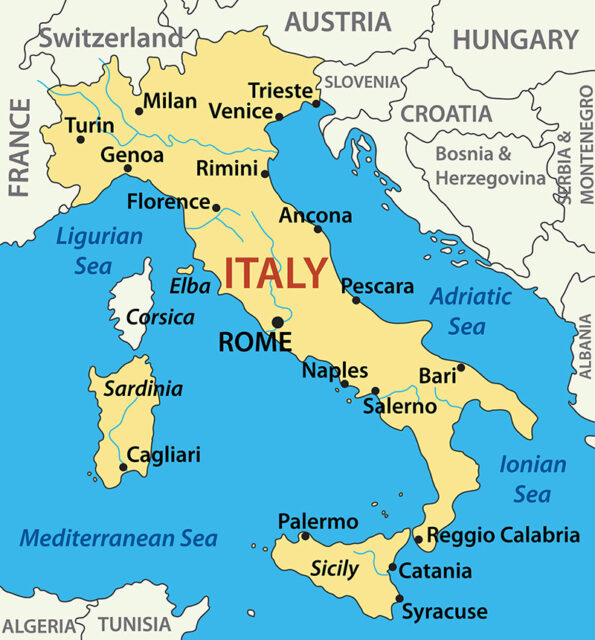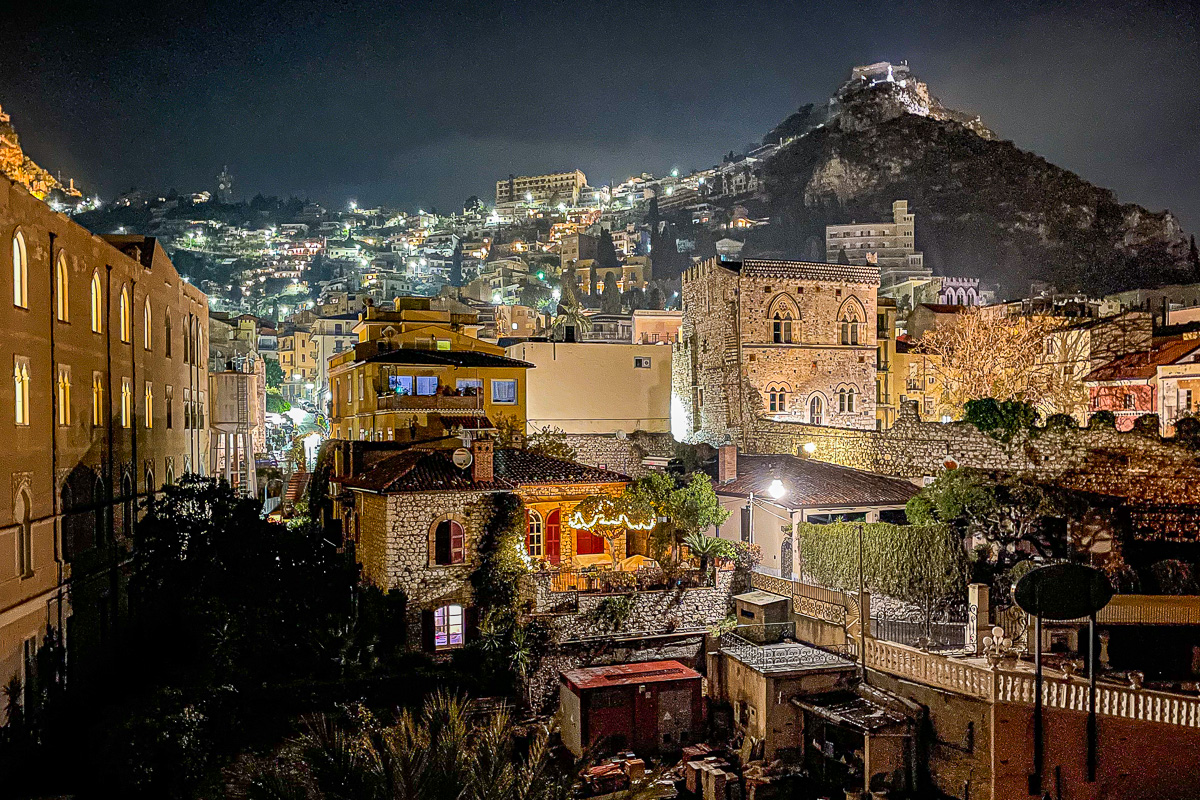Having just returned from a 19-day trip to Sicily with my wife, I’m trying to figure out how to start writing about it. Typing those first words onto a blank screen is usually the most difficult part. Deciding which of my 2,768 trip photos to include might also be a challenge. But, here goes.
I suspect many Americans know very little about Sicily. They may know that Sicily is the “football,” aka soccer ball, that sits off the toe of the Italian boot. Or, they may remember Marlon Brando and think of Sicily as the home of the Mafia. But, Sicily is also rich in history and cultural heritage. So, if you don’t mind, I’ll provide a little background before getting on with my recent trip. You might want to get a cup of coffee before continuing.

Sicily is the largest and one of the most densely populated islands in the Mediterranean Sea. Its central location and natural resources have long made it the target of those who wanted to control the important Mediterranean trade routes. As a result, it was fought over and ruled for 3,000 years by a myriad of outside powers such as the Greeks, Romans, Arabs, Normans, French and Spanish. This history has given Sicily a varied and unique culture, especially with regard to the arts, music, literature, cuisine, and architecture. It also has given Sicily its own language which, though Italian is the official language, is spoken by most inhabitants of Sicily and by emigrant populations around the world.
Out of Italy’s twenty regions, Sicily is the largest, with its topography dominated by three mountain chains. It’s also home to Mt. Etna, the largest and most active volcano in Europe. Sicily’s dry, sunny climate has contributed to its becoming a major wheat growing region. For centuries it was the main producer in the region, making it “the granary of the Mediterranean.” Today, Sicily is most known for its olives, olive oil, pistachios, almonds, egg plants, cherry tomatoes and, of course, wine.
If you’re still awake, thanks for sticking with me. Now let me get started on my trip to Sicily, the first two weeks of which were with the Treasures of Sicily program by Road Scholar.
Mouse over the small photos in galleries to see captions.
Click on any one to enlarge, then use arrows to scroll through the rest of the images.
When you arrive at an airport early to wait for a one-hour flight, followed by a 9-hour flight, followed by a two-hour flight and have ample time between flights, even airport terminals fall prey to photographers. Briefly, I’ve never seen the airport in Madison so empty, I haven’t been to O’Hare in a while but thought some of the art there looked new, the airport in Zurich has the greatest wine bar I’ve ever seen, and I was very happy to see my luggage show up in Catania!
Road Scholar staff picked up about ten of us at the Catania Airport and drove us north to Taormina, our first base for exploring Sicily. As we approached our destination the road was right along the water and I was anticipating a nice waterfront inn. The bus then started to go up a long curvy, twisty, turning, winding road. After rising 820 feet, we finally pulled into the driveway of the Excelsior Palace Hotel. After checking in, we had a couple hours to get settled before the first meeting of the tour group, so we headed out to take our first look at the city.
The hotel is located at the west end of Corso Umberto, the main street in Taormina. It’s a short distance from Porto Catania, one of the gates through the three walls built by the Arabs in 1440 to protect the city. It’s a challenge sometimes for Americans to grasp the age of these cities in the “old world,” but this trip would help. Cars are not allowed past Porto Catania so, past the wall, Corso Umberto becomes a narrow, quiet pedestrian street lined with shops and restaurants. Apparently Taormina is a very popular tourist town, but in mid-March the number of tourists was low and I thought this small city was a good introduction to Sicily.
In 734 BC, Greece was overcrowded, so many of the city-states sent people to look for more fertile land. Although Horace Greeley was not yet born, the young men of Greece started to “go west” in search of new land and new trade. They settled in Sicily and started the town of Naxos. In 403 BC, their enemies, Greeks from Syracusa, attacked and destroyed Naxos. The survivors sought a place that was higher and easier to defend. They founded Taormina in the high, craggy hills above Naxos.
With the town perched on a steep hillside, as we walked east along Orso Umberto the streets on our left rose uphill and the streets on our right headed downhill. Unlike the hilly streets of San Francisco, these streets were too narrow for cars and required steps to navigate. Flowers and artwork often lined them and, being streets in the business part of town, they were home to many shops. Though the big views could easily catch anyone’s attention, I was often distracted by the small details, new and old, that make Taormina what it is.
After our walk, we made it back to the hotel in time to meet the other members of the tour group. Then we enjoyed a 7:30 PM dinner, somewhat late for us, and headed back to our room to start adjusting to a new timezone.

(Sicily Part 2) Off to the Theater —>